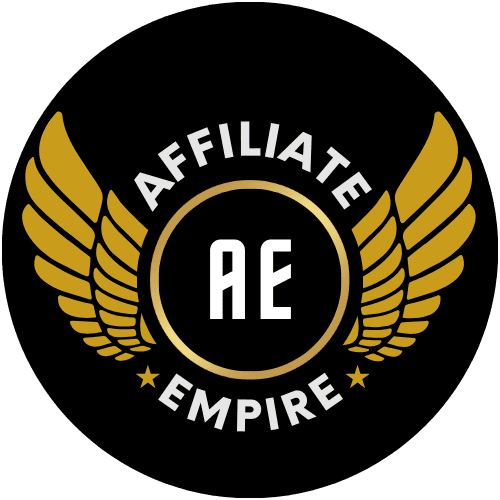
Welcome to the digital marketplace’s secret weapon: personalized landing pages! In a world where online shopping has become the norm, understanding your customers is the master key to unlocking unprecedented sales. But how do you turn casual browsers into committed buyers? Enter the realm of buyer personas and the magic of creating dedicated landing pages for them. Whether you’re a seasoned marketer or setting foot in the digital arena for the first time, this easy-to-follow guide will navigate through the art and science of sculpting landing pages for various buyer personas, ensuring your product or service speaks directly to each customer’s wants and needs.
Understanding Buyer Personas
Imagine buyer personas as characters in a play, each with unique preferences, goals, and behaviors. Your first task is to understand these fictional individuals who represent segments of your real audience. Dive deep into market research, surveys, and feedback to gather information. Remember, the more detailed the persona (think motivations, pain points, shopping habits), the clearer you can picture your audience while crafting content specifically tailored to resonate with them.
Setting Clear Objectives
Now, pause and ask yourself, “What do I want to achieve with my landing page?” Whether it’s making a sale, obtaining newsletter sign-ups, or another form of customer engagement, defining clear objectives early on is crucial. These goals aren’t just flags in the sand; they guide the structure, design, and content of your landing page, ensuring it’s aligned with both your business aspirations and your personas’ expectations.
Crafting Compelling Content
Content is the heart of your landing page. It’s the voice that speaks directly to the Sally Shopper or Budgeting Ben in your audience. When crafting content, focus on headlines, product descriptions, and calls-to-action (CTAs) that echo the specific needs and solutions your buyer personas are seeking. Personalized content that reflects empathy and understanding towards the customer’s pain points will build a connection and gently guide them towards conversion.

Designing the Landing Page
Design is a silent ambassador of your brand. It’s essential to strike a balance between aesthetics and functionality. Utilize colors, images, and layouts that reflect what your buyer persona identifies with, ensuring each element amplifies the message you’re delivering. Remember, simplicity is the ultimate sophistication. An intuitive design, clear navigation, and strategically placed CTAs prevent distractions and focus your buyer’s journey towards the end goal.
Implementing A/B Testing
Not all landing pages are created equal, and there’s no ‘one-size-fits-all’ formula. This is where A/B testing, or split testing, becomes invaluable. By creating two versions of your landing page with slight variations in design, headline, or CTA, you can test them with real users to see which one performs better. This step is about refining the details that align more closely with your buyer persona’s behaviors and preferences, optimizing for success.
Analyzing and Refining
The digital marketplace is a dynamic environment, and consumer behavior shifts constantly. Employ analytics tools to monitor how visitors interact with your landing page. Analyze metrics like time spent on page, bounce rate, and conversion rate. This isn’t just number crunching; it’s about understanding what’s working and what’s not. Continuous analysis allows for timely refinements, ensuring your landing page remains a high-performing bridge between your business and the buyer persona.

Leveraging User Feedback for Evolution
Initiate direct communication with your audience through feedback forms or surveys on your landing page, asking for insights on various elements from design to content. Categorize and analyze these responses to identify prevalent trends and concerns, understanding that constructive criticism is invaluable for growth. Subsequently, apply these insights by making calculated adjustments, enhancing the user experience based on genuine user needs and preferences. This continuous evolution, driven by user feedback, positions your brand as adaptive, customer-centric, and responsive in the ever-changing market landscape.
Conclusion
Creating landing pages for different buyer personas is not merely a marketing strategy; it’s a commitment to understanding and valuing your diverse customer base. By personalizing the shopping experience, you are building a relationship with your audience, acknowledging their unique needs, and positioning your product or service as the ideal solution. It’s a journey that requires empathy, clarity, and responsiveness. So, equip yourself with this step-by-step guide, embrace the process, and watch your business forge invaluable connections, making your brand not just a choice, but a customer preference. In the vast marketplace, where competition is fierce, personalized landing pages can be your beacon, guiding your varied buyer personas safely home – to you.





